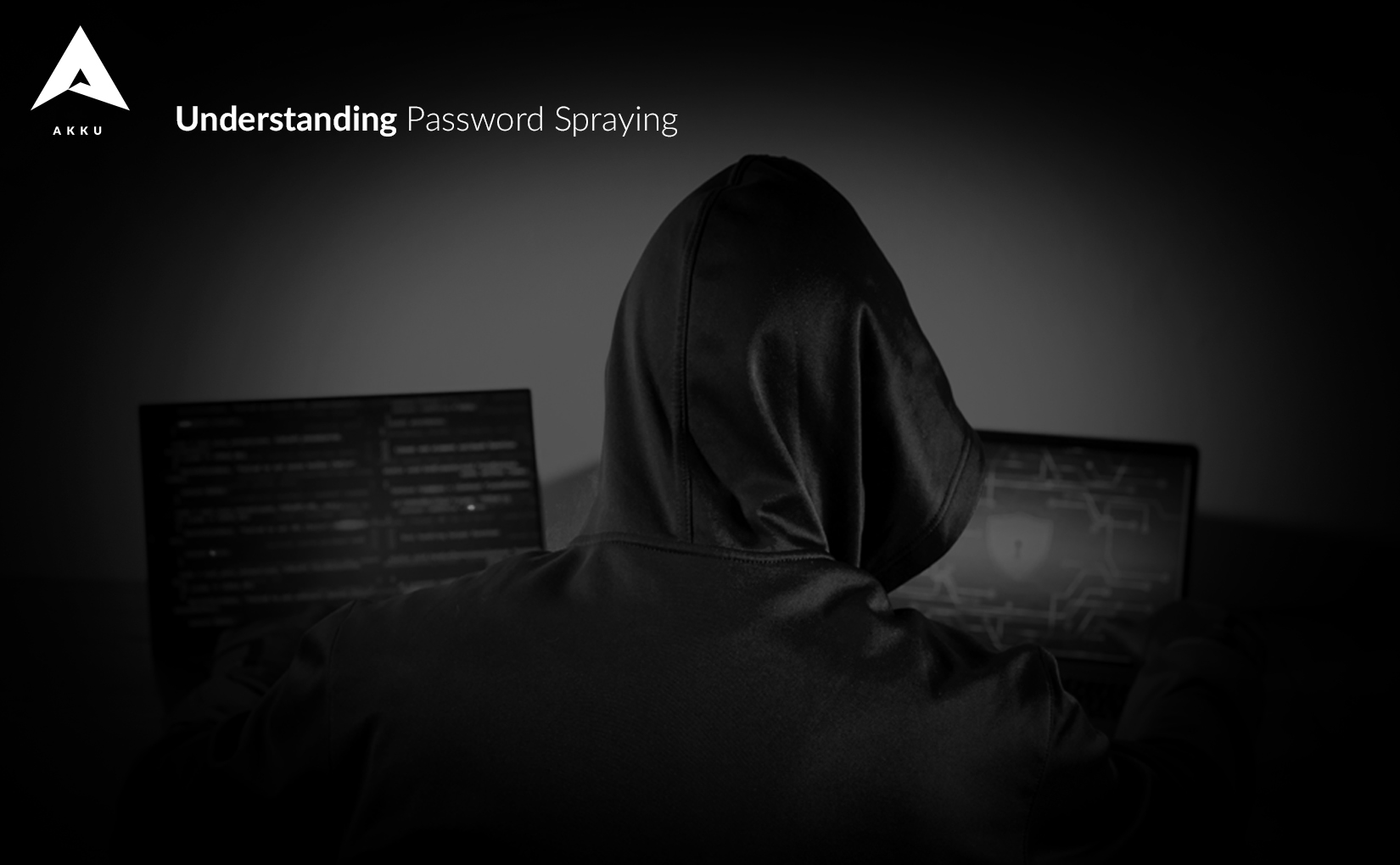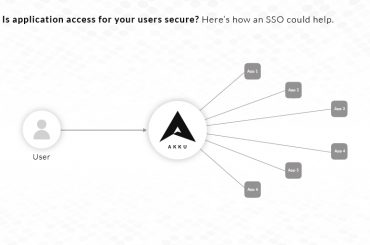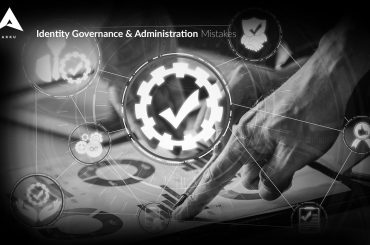Ever wondered why organizations emphasize the importance of setting a complicated password as opposed to something convenient like ‘password123’? In today’s world, hackers are getting creative with their cybersecurity attacks. One type of attack that has gained a lot of traction in the past year is ‘password spraying’ – a type of brute force attack in the cybersecurity realm that goes beyond the traditional forms of hacking into an account.
Picture this – in the past, hackers would attempt to gain unauthorized access to a single account by constantly guessing the password in a short period of time. But with organizations bringing measures such as locking an account when three or more attempts have been made, the user gets notified about any attempted security breach.
In password spraying, the hacker bypasses measures such as account lock-out by simply “spraying” the same password on a number of accounts before trying another one. That way, the hacker goes undetected for a considerable amount of time and manages to gain access to multiple users’ data.
Weak Passwords – a gift to hackers
Hackers of today are armed with technology that one couldn’t imagine a decade ago! Brute force attacks, albeit not new, are getting creative with hackers veering from traditional forms of cyberattacks and accessing official and personal information through directory or password guessing.
All this is possible because the automation tool allows the attacker to save time and attempt several combinations to crack a password, typically accessing those accounts/devices that have weak passwords and fit the combinations. In fact, one look at SplasherData’s annual ‘Worst Passwords of the Year’ list is enough proof that if a human can remember a so-called difficult password, then chances are the algorithms in the technology used by hackers would help crack them with ease.
Why should you take Password Spray Attacks seriously?
Unlike traditional forms of hacking, password spraying is insidious especially because it does not set off an alarm or leave any indication that a user’s account is exposed. Hackers then get information about businesses, employees, and other details. More often than not, with this kind of information out in public domain, a chain of events could take place such as identity theft, loss of trust, financial loss, or safety risks to individuals to name a few and generally set cause chaos.
Take the Citrix cyber attack from 2019 for instance. An Iranian-backed hacking group known as Iridium attacked this American multinational software company in December 2018 and then again in early 2019. The group stole 6 terabytes of sensitive internal files, emails, and several other documents. The group had reportedly hacked using the Password Spray method and had been doing it for years.
With more and more organizations migrating to the cloud, Password Spray Attacks are predicted to grow unless and until organizations realize that cybersecurity is something that needs constant vigilance, necessitating businesses to do everything it takes to stay ahead of these malicious attackers.
Ways to avoid a Password Spray Attack
- Strong Passwords
The stronger your passwords are, the more secure your data is. Administrators should lay emphasis on a strong password policy because let’s face it – passwords may not be the most perfect security solution, but it is the first layer of defense against hackers, scammers, and a number of other malicious cyberattacks. Instead of looking at the whole idea of securing passwords as a chore, understand what’s at stake and adhere to the policy bearing these 3 factors in mind:
– Length: The longer the better!
– Complexity: A combination of uppercase, lowercase, and special characters.
– Expiration: A small time frame allotted for each password.
- Two or Multi-factor Authentication
A two or multi-factor authentication (MFA) system ensures that every individual’s features are unique and these attributes are used to gain access. MFA helps in keeping an eye out for any brute force attacks simply because there’s a layer of complexity, in addition to the password login, to the authentication process required for each individual. Access to each individual can be given through retina scanning, fingerprint scanning or facial recognition – a system that makes it difficult to duplicate identities or impersonate an individual.
- Routine Checks
Many organizations do not perform the exercise of periodically checking their security systems. Like in the case of the Citrix cyberattack, their security policies were not checked and, as a result, there were a number of accounts created by the hackers to give the impression that nothing is amiss. With the help of your IT team and ethical hackers, check for any easy access points in the system. Routinely simulate attacks and practice measures that would safeguard your company from imminent attacks. Moreover, encourage everybody in the organization to often check their passwords using password checkers and other legitimate software to be on the safe side.
- Better Awareness
Perhaps the most basic step to avoid cyber attacks of any kind is to educate employees about the perils of not being too careful with passwords and official accounts. Implement cybersecurity training, courses, and discussions about safeguarding the business and generally staying cyber safe. Even something as obvious as sharing passwords with close friends or using the same password for each account/device should be emphasized in detail.
Akku is an Identity and Access Management (IAM) solution equipped with features to improve data security, compliance, efficiency, and productivity. Whether you are working with cloud-based or on-premise apps or a combination of both, Akku can help you protect your data from brute-force and other cyber-related attacks. To know more, get in touch with us today!





